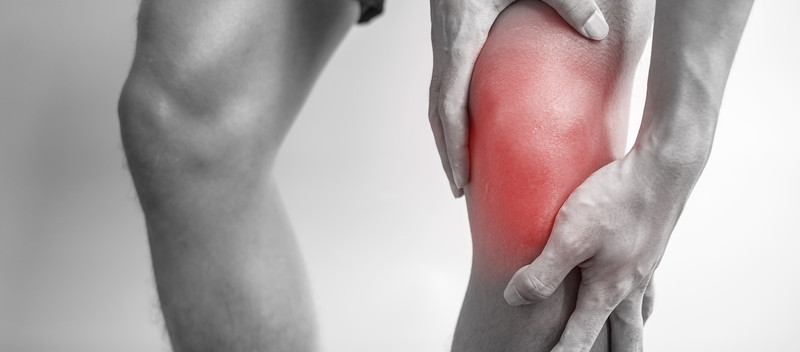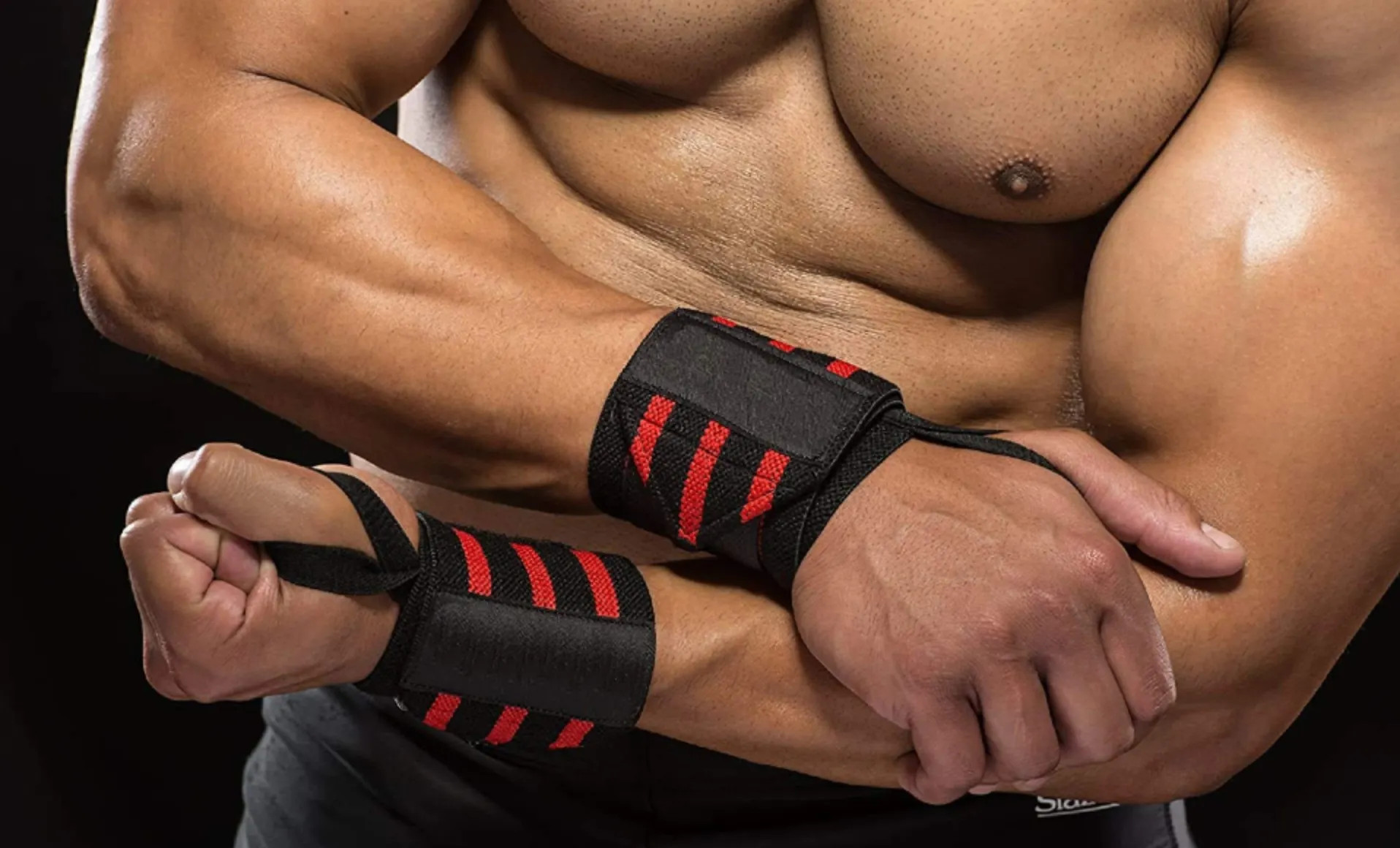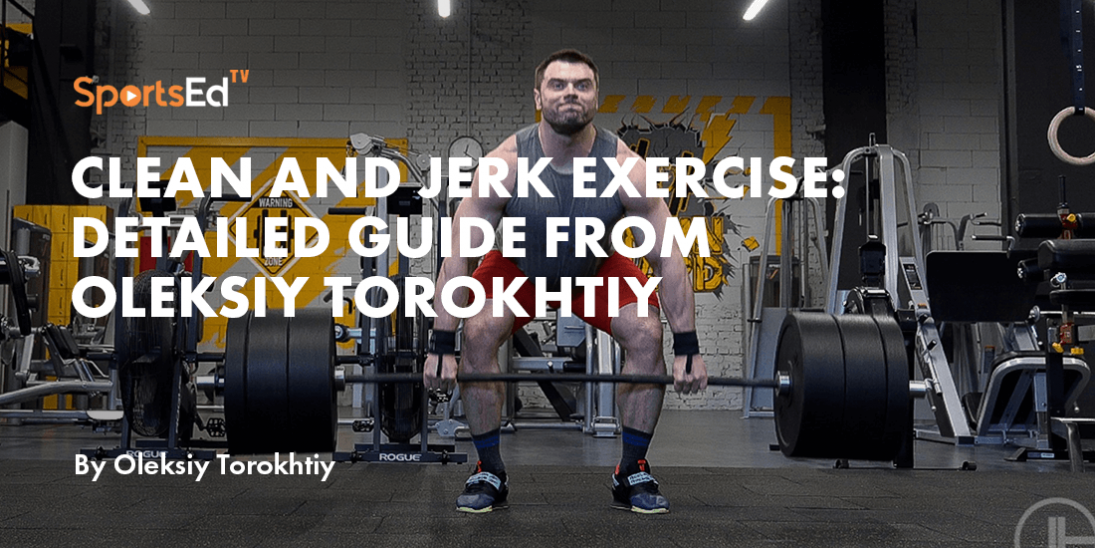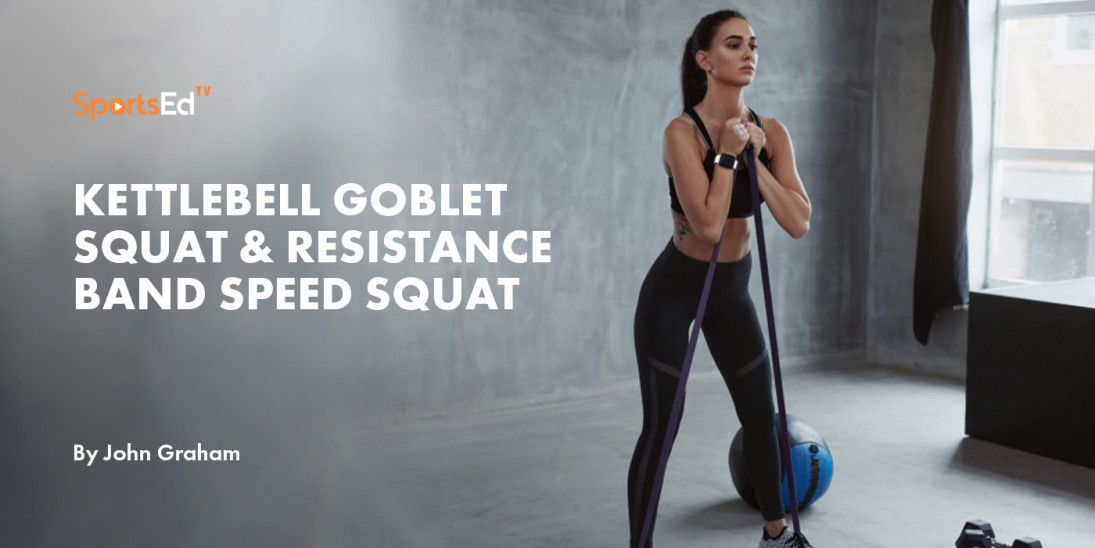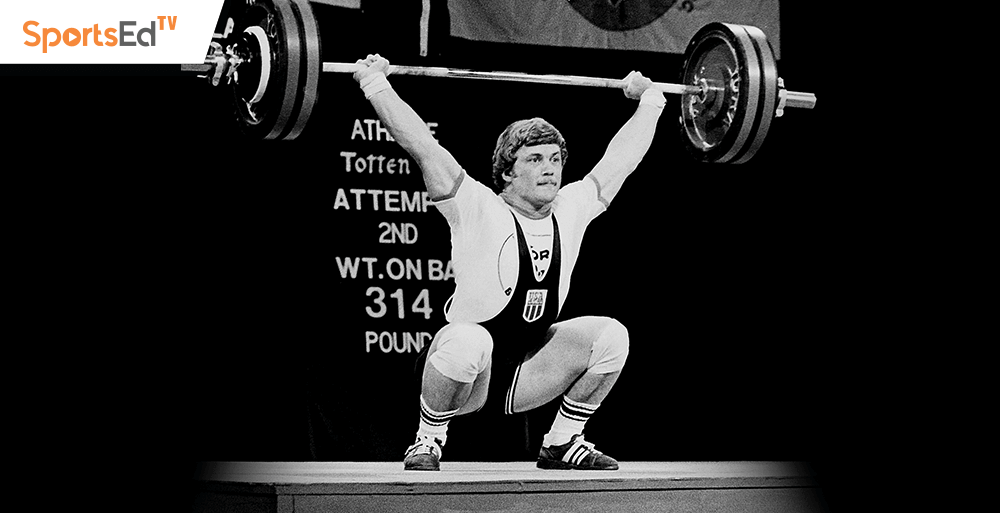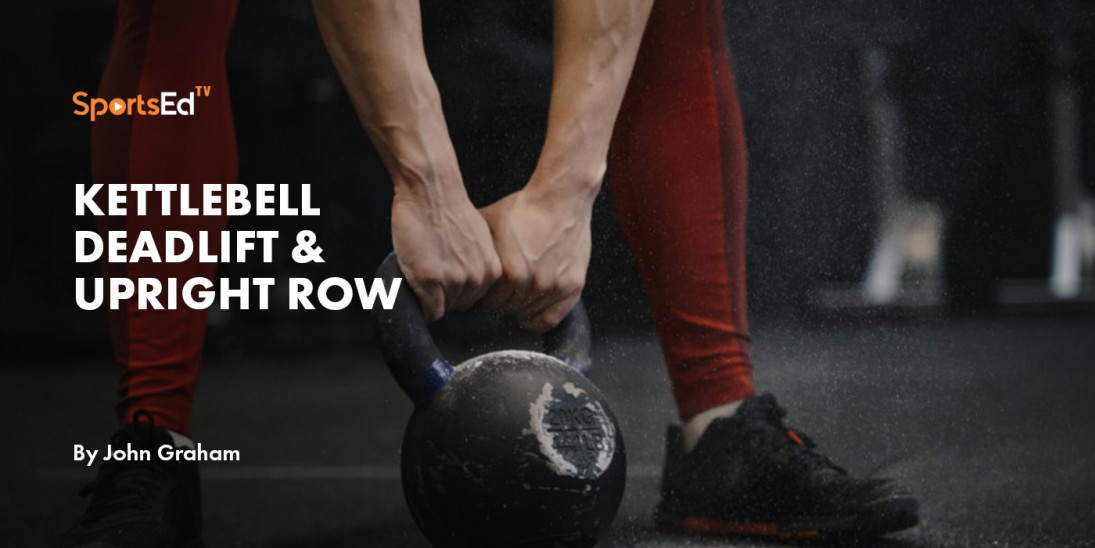Health, Strength And Conditioning, Weightlifting
Welcome and thanks for visiting...

Weightlifting Injuries and How to Avoid Them
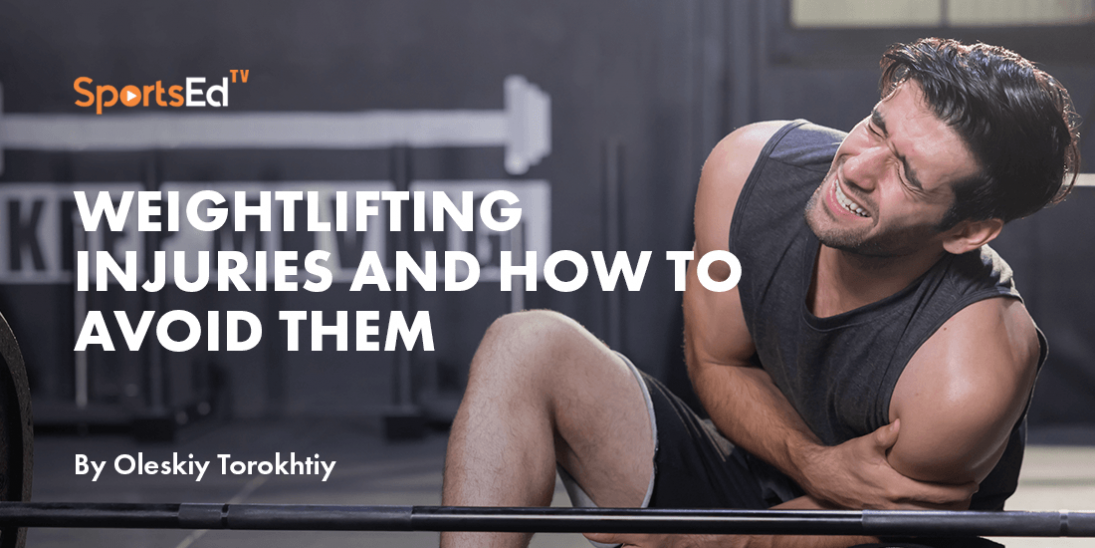
You might consider yourself a strong athlete and Olympic-style weightlifting might be something you are interested in. However, you should understand a little bit about Olympic weightlifting injuries before you get into the sport. We will look at some of the most common Olympic-style weightlifting accidents and injuries while showing you how to avoid them in your journey.
The Difference Between Cumulative And Traumatic Weightlifting Injuries
Commonly weightlifting injuries will fall into one of two main categories. Understanding these two categories could eventually help you to possibly avoid some of these injuries. Here is the difference between cumulative and traumatic weightlifting injuries.
Cumulative Injuries
Repetitiveness and consistency are one of the main things you will need to get used to if you want to become an Olympic weightlifter. However, your body might not always like this repetitiveness a whole lot. Cumulative injuries often occur when muscles or tendons are put through the same arduous stress, without enough time for recovery.
Traumatic Injuries
Traumatic injuries are more like injuries that happen instantly. Someone dislocating their shoulder from a heavy lift would be a good example of a traumatic injury you could be dealing with. A few things could lead to a higher risk of traumatic injuries, which include an incorrect form or lifting heavier than your capabilities.
Top 3 Most Common Weightlifting Injuries And How To Avoid Them
The last thing you want to end your weightlifting journey or put you on the sidelines would be an injury. However, we have you covered, and this section aims to provide you with specific injuries that are most common whilst following that up with how you can avoid them and possible exercises you can do that would reduce the risk:
1. Patellofemoral Pain Syndrome (PPS)
Olympic-style weightlifting involves many exercises that require the use of the legs and the knees. Exercises like squats and jerks commonly use the entire body to complete, and over time, these exercises can place some strain on your kneecap, also called Patellofemoral Pain Syndrome.
Many people experience this pain in the kneecap due to overextending themselves or using the improper form to lift the weights in these exercises. Over time the injury would not only be felt whilst weightlifting but can become a real problem for everyday activities like hiking and walking around town.
One of the main causes of this injury can be found in muscle weaknesses. These muscle weaknesses often stem from the inner quadriceps and hip flexors, which would shift the tension more to the knee when they cannot sustain it.
Preventing PPS
One of the main ways in which you can prevent PPS would be to wear the correct footwear (weightlifting shoes). These shoes offer you lateral stability, which traditional shoes don't offer due to a wider base and less flexible midsole.
You should consider visiting your doctor to ensure that you have the right footwear for your feet and the way your feet move.
Additionally, you can look into a few exercises to strengthen and stretch these specific muscles. Once you activate these muscles before lifting, you have them warmed up, which would have them ready for the exercise. Here are a few stretches to consider:
- Isometric Quadricep Stretching
- Adductor Stretching
- Iliotibial band stretching
- Hip And Glute Stretching
- Unilateral squats and lunges
These are only a few things you should consider when it comes to strengthening and stretching the muscles to ensure they are ready before lifting.
2. Rotator Cuff Strain
The rotator cuff strain is one of the most common injuries you often find weightlifters talking about. The strain is often accompanied by swelling and inflammation, which can cause you to feel pain. Rotator cuff injuries often occur when lifters exert too much pressure on their shoulders when performing certain exercises.
Shoulder injuries are some of the most common and to prevent them, you will need to look at a few exercises and stretches. The main purpose of these exercises and stretches would help to lubricate the subacromial bursa, which is responsible for allowing the tendons to glide over the bone:
- Shoulder Pendulum Stretch
- Shoulder Rotation Stretch
- Shoulder Flexion Stretch
As you can see, performing the right stretches would be incredibly important to ensure that your shoulders can move the way they should. It also helps with the lubrication to keep your tendons from getting trapped.
3. Lower Back Injury
The lower back probably takes the most strain of any muscle when performing lifting exercises. Whether you are deadlifting, snatching, or performing squats, you are bound to put some stress on the lower back.
To be more specific, the lumbar spine, which consists of five vertebrae in the lower back, takes plenty of strain. It also contains nerves, which allow the brain to communicate with the legs. As you can see, damage to these vertebrae can render your workout attempts useless. Here are a few exercises to prevent lumbar spine injuries:
- Hamstring Stretch
- Aerobic Exercises
- Single Leg Balance Reach
- Hyperextension variations
- Superman variations
The main goal is to not only loosen your lower back before lifting but to strengthen some of the other muscles. Once you strengthen these muscles, you will be taking plenty of strain off the lower back.
Additional Tips To Prevent Weightlifting Injuries
1. Using The Right Training Gear
No one ever tells you until it is too late, but wearing the right gear is one of the most important things you can do. Whether you are consulting your doctor about the right footwear or looking for the best wrist wraps, all of them would help to prevent injuries to your body whilst working out.
2. Focus On Form
You should focus on your form before you start lifting heavier weights. One of the most important things you can do is to start at a lower weight. You should gradually increase the weight as you master your form and see improvements. You should only increase the weight slowly and incrementally.
3. Heavier Does Not Mean You Are Stronger
This one ties in with the previous one, but many weightlifters love lifting with their egos. Some people are so focused on breaking records that they often neglect the correct form and mastering the technique of a specific workout. Many weightlifters can experience an overload injury by not mastering the form first.
4. Change Up Your Routine
One of the best ways to increase your form and strength would be to increase some of the smaller muscles that often act as supplementary muscles to certain exercises. Instead of overloading your body with the same couple of exercises, you can add some versatility and focus on different muscle groups.
One suggestion would be to focus on the core. Having a strong core would translate to all different areas of your body. It could significantly help you with improving your overall weightlifting personal records.
Conclusion
Dealing with Olympic-style weightlifting injuries can be frustrating and some of these injuries would take months or even years of rest to recover. The best way to make sure you are not out of action for as long would be to make sure that you take precautionary action. We would love to see some of your comments on any injuries we might have missed or other preventative measures.

